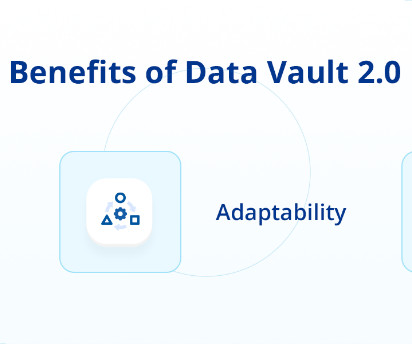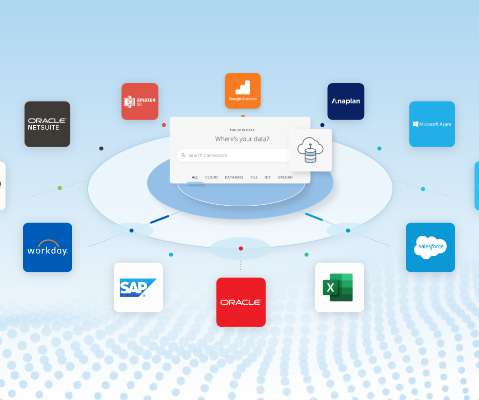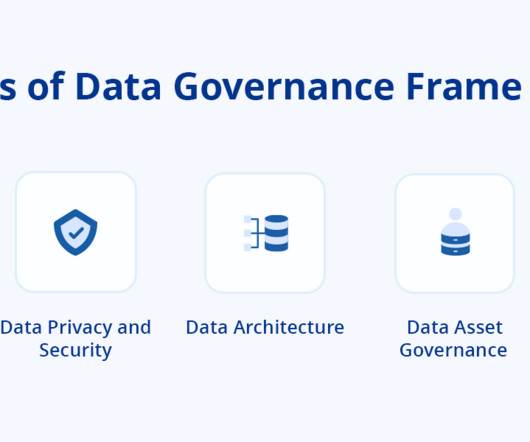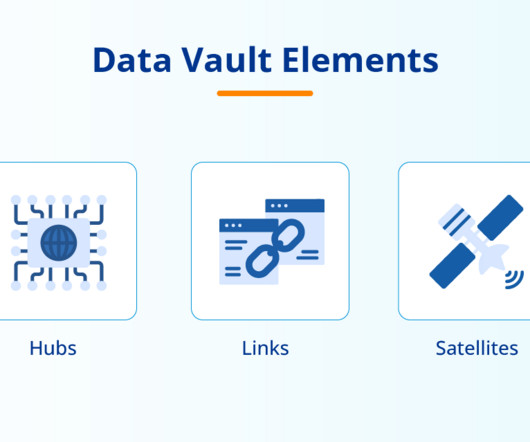Data Vault 2.0: What You Need to Know
Astera
NOVEMBER 30, 2023
With rising data volumes, dynamic modeling requirements, and the need for improved operational efficiency, enterprises must equip themselves with smart solutions for efficient data management and analysis. This is where Data Vault 2.0 It supersedes Data Vault 1.0, What is Data Vault 2.0? Data Vault 2.0












Let's personalize your content